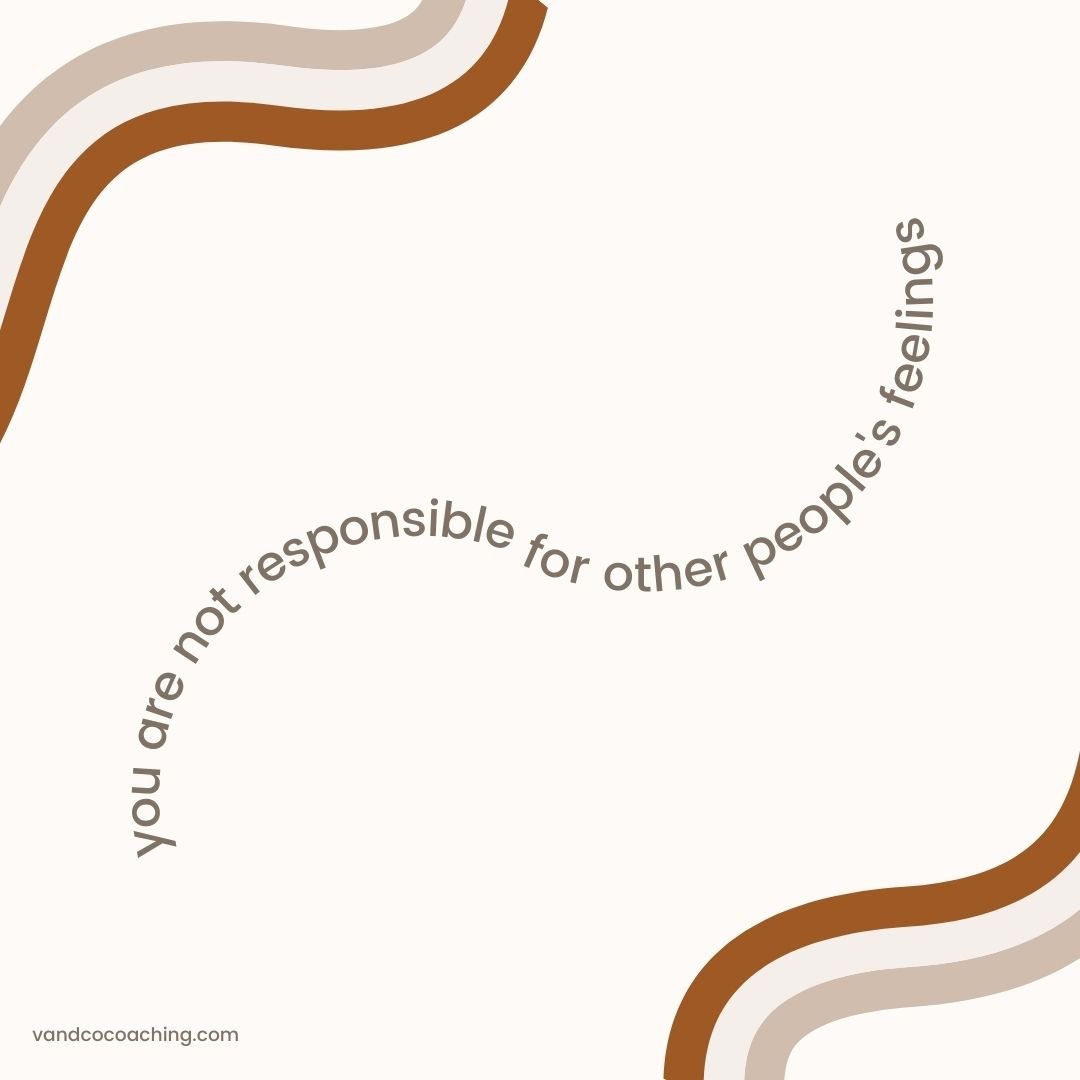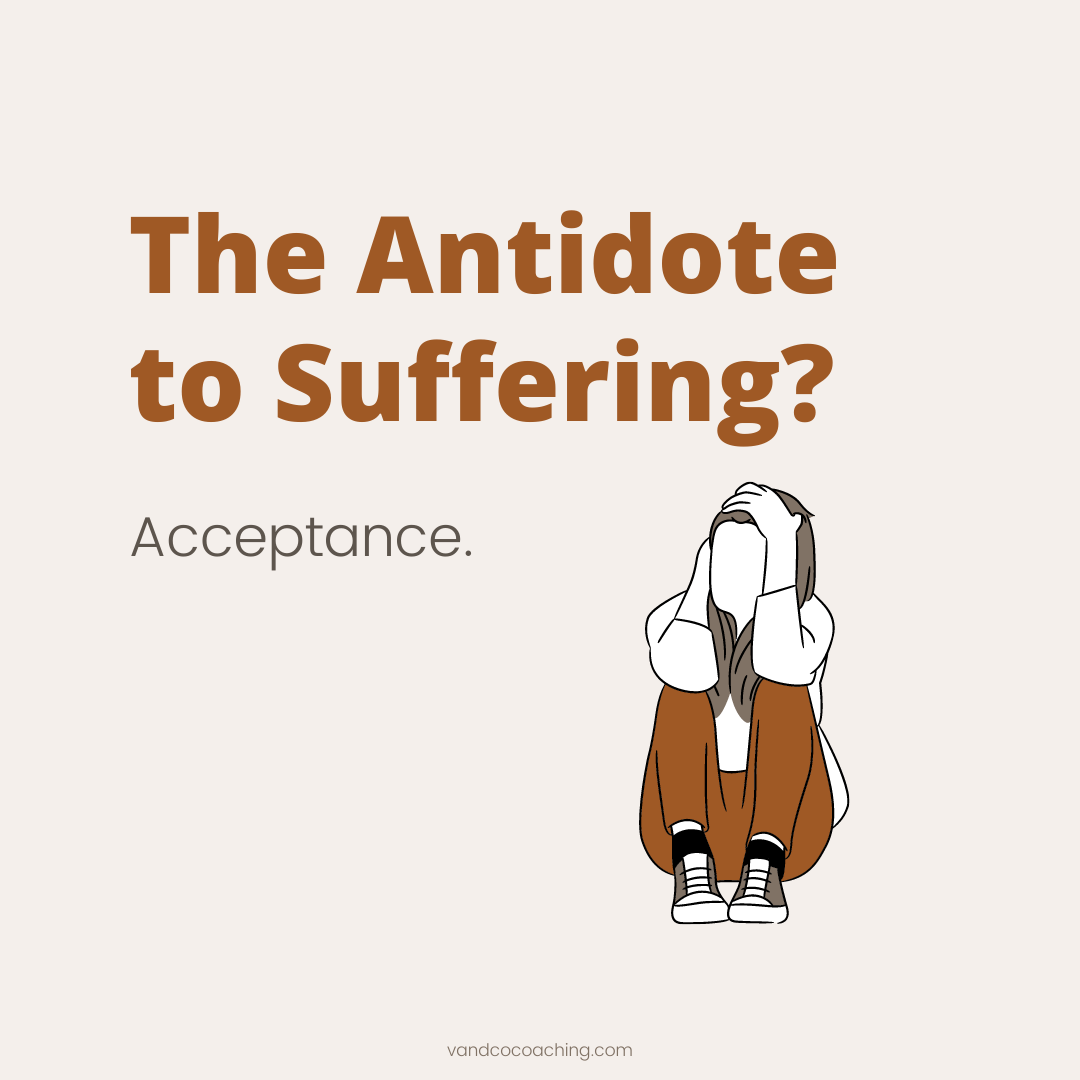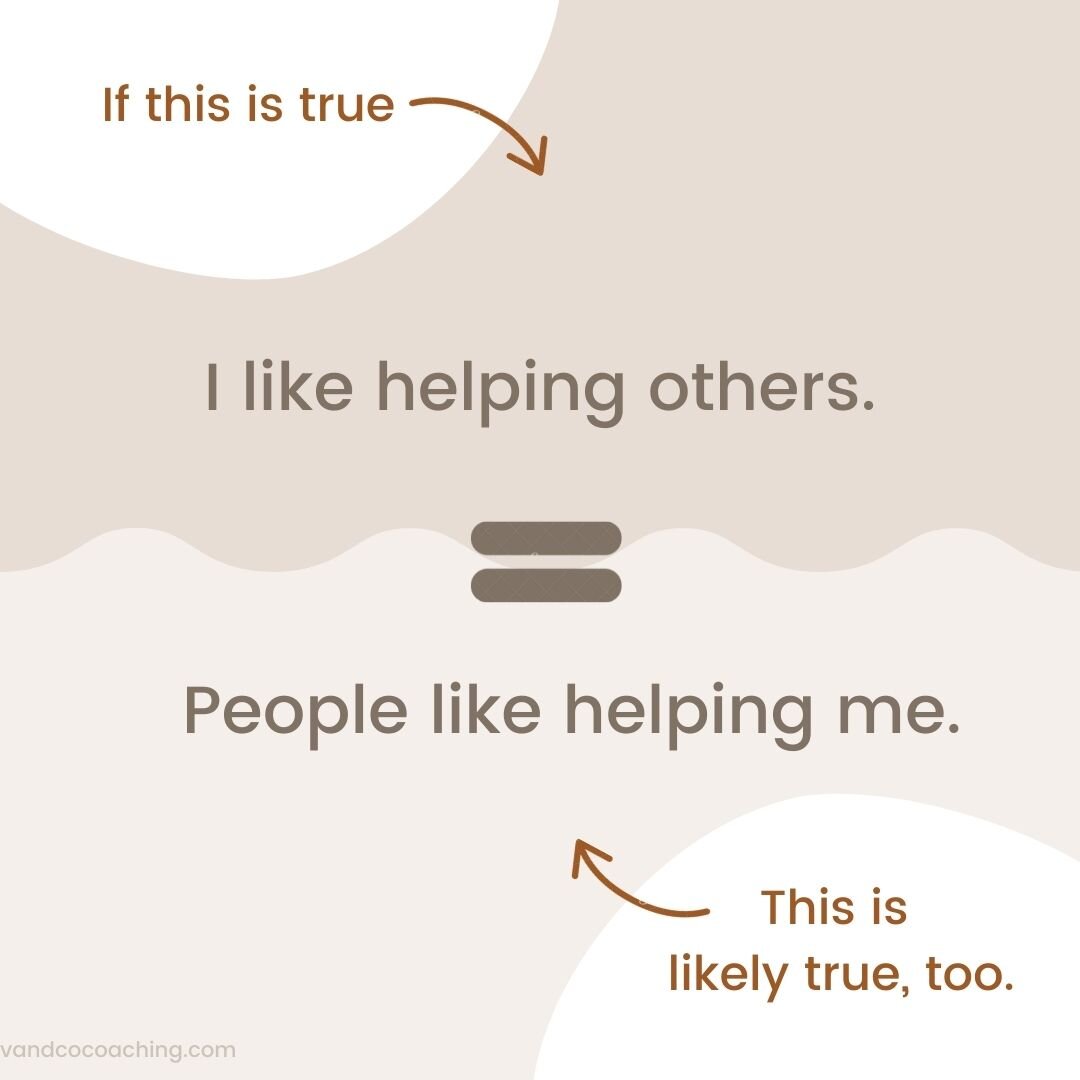Safety: The Greatest Barrier to Success
The Illusion of Safety
I'm going to let you in on a little secret. It may appear that I took a brave leap of faith to leave the corporate world to find happiness and professional fulfillment as a creative impact-driven entrepreneur. That’s the truth… but not the whole truth.
The fact is I didn't leave my job. My job left me, in the form of a layoff. In fact, a few years ago I was unlucky/lucky enough to have been laid off twice within a year after more than a decade of mobile-ing upward on the corporate ladder.
While scary, these experiences shook my belief that “the corporate world is safe and steady” enough that I was able to view going out on my own as comparatively less risky than it had previously seemed.
Seeing safety for the illusion it is pushed me to take the leap.
Safety is our greatest barrier to success.
I recently listened to an interview with the founder and CEO of Sam Adams Brewery, Jim Koch. He shared a helpful framework around safety and risk: there are things in life that are scary but not dangerous and things that are dangerous but not scary; it's the latter that we really have to watch out for.
In the rock climbing world, Koch explains, rappelling is scary but it's not dangerous. The apparatus — the ropes, the harnesses, the pulleys — they could hold up a car if they needed to. No doubt it’s scary to be gazing down a sheer rock face, but it’s not dangerous.
On the other hand, strolling through an ice field on a sunny, warm spring day is not scary. It's a beautiful walk. But the ice is melting and when enough of it does, you might be caught at the bottom of an avalanche. That's dangerous.
Before launching Sam Adams, Koch was a managerial consultant. It paid well, had great benefits, an amazing office, connections to important people, etc. It was safe. There was no reason to leave. It wasn't scary at all, in fact, it was extremely comfortable.
But what Koch shares was actually dangerous was mistaking not-scary for not-dangerous. It would have been not-scary for him to continue to do a job that he wasn't happy doing, and potentially doing it for 30 more years. What’s dangerous is getting to the end of his career and recognizing “oh my gosh I wasted my whole life.” Not scary at all but really really dangerous.
The evolutionary reason for fear.
Imagine yourself, a few millennia ago, strolling along on the Stone Age savannah. You hear a roar that makes the hair on your neck stand on end. Fear prepares you for fight or flight. Fear keeps you safe.
In the current day, we’re often faced with opportunities that feel scary: the humiliation of trying and failing, speaking up when we might be wrong, asking for a stretch project or a promotion, or setting boundaries when we're unaccustomed to doing so. These absolutely are scary. But they are not, in most circumstances, dangerous.
What’s dangerous is the stress and anxiety that comes from not living our values, taking a toll on our mental health and bleeding insidiously into our lives, our relationships, and our happiness.
The purpose of fear is to keep us safe, but the safety of non-scary can be dangerous.
Tools to assess what’s scary vs. dangerous:
Self-inquiry: Ask yourself questions to expose the hidden dangers of what's not-scary. What do I have to lose by not doing this? How will I feel in X years, having allowed more time of my finite life to pass? On my deathbed, what regrets might I have?
1:1 Coaching helps us challenge our default to safety, and allows us to gain clarity, confidence, and a broader more objective perspective.
Cultivating a deeper relationship with ourselves: practices like meditation, mindfulness, walking, yoga, tai chi, and other intentional exercises help us cut the overwhelm, clutter, and competing thoughts to help surface our authentic priorities.
No matter how safe and steady life feels, it's an illusion; change is the only certainty. Don't let the illusion of safety prevent you from creating the career and life you want.



































